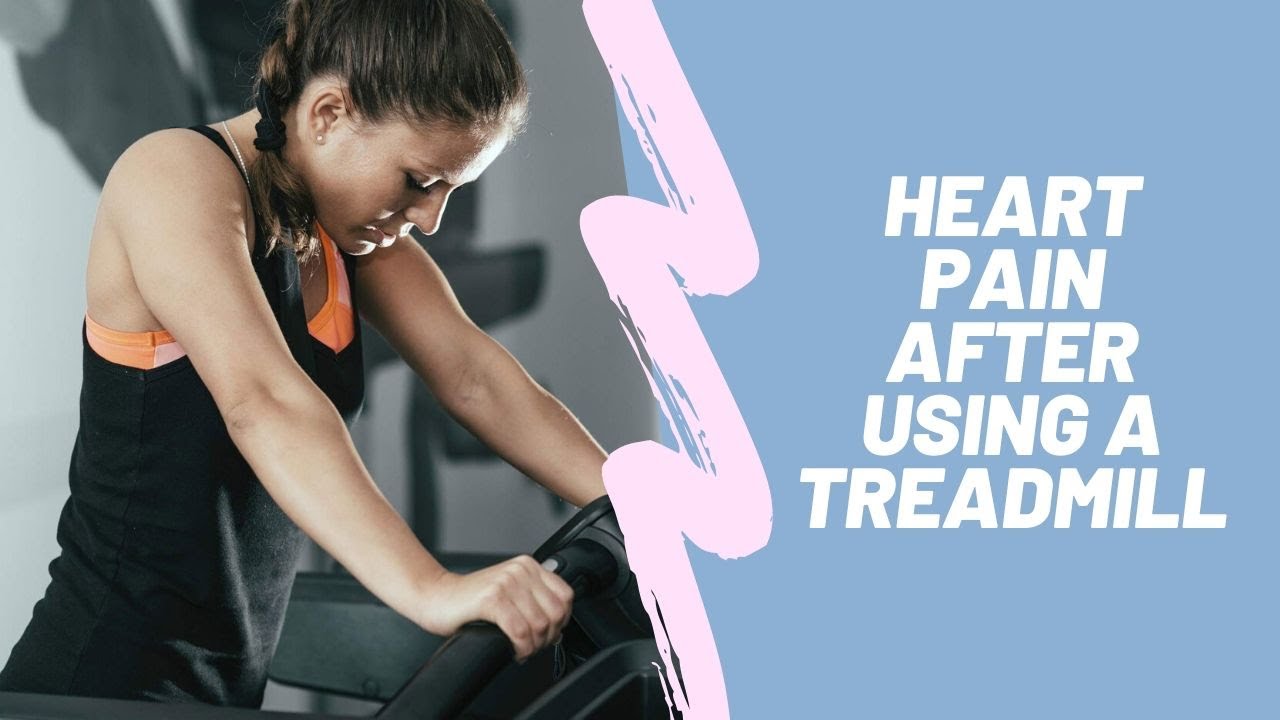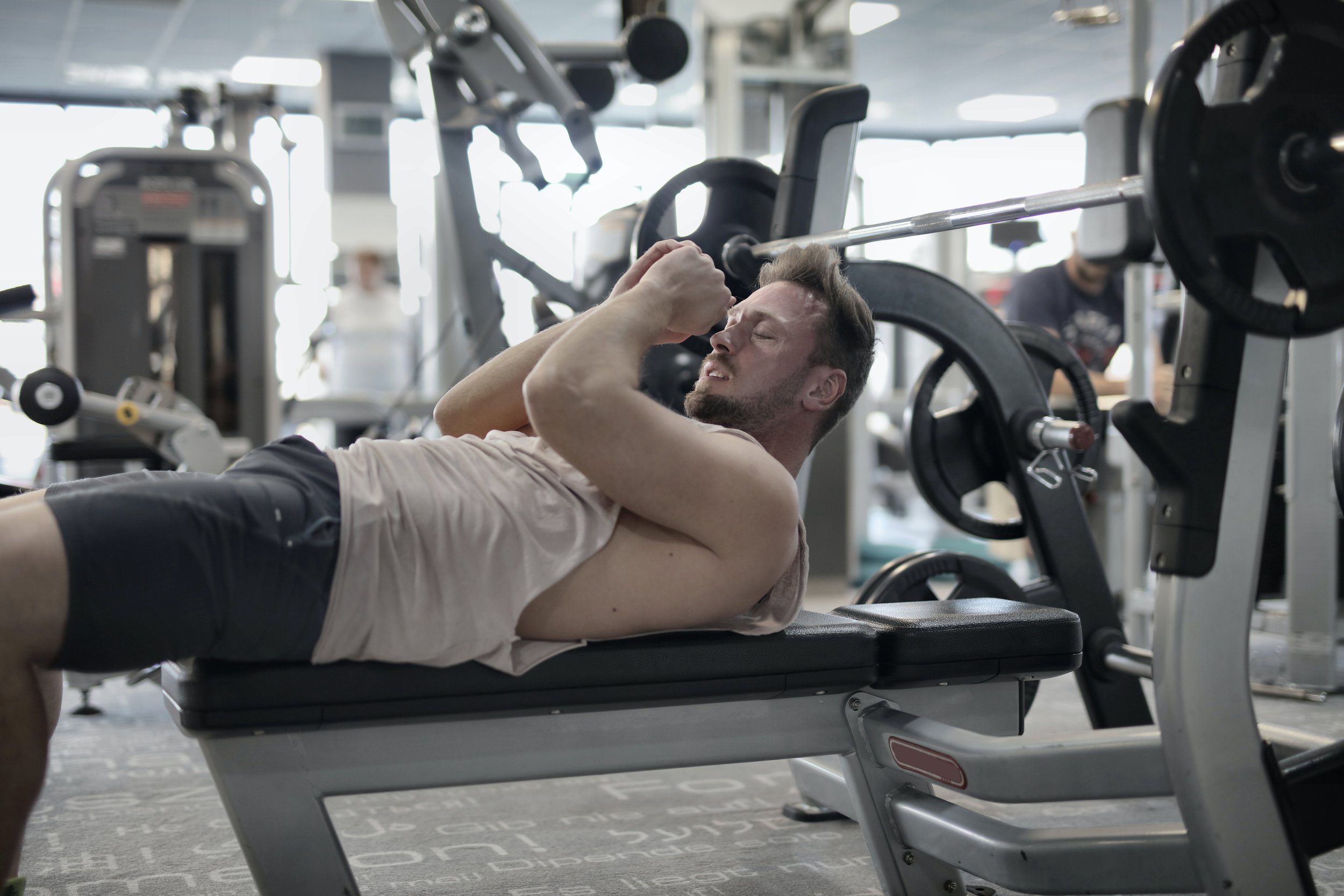
Experience the thrill of a powerful workout, only to be halted by an unexpected adversary – chest pain after exercise. Don't let discomfort sabotage your fitness journey. Dive into our comprehensive guide, where we unravel the mysteries behindpain in the chest after exercise.From potential causes to actionable solutions, we've got your back (and chest). Elevate your fitness game with insights that match your search intent, ensuring you not only understand the pain but conquer it, paving the way for a stronger, pain-free you.
Embark on a transformative journey as we debunk myths, share expert advice, and provide practical tips tailored to banish post-workout chest pain from your life. Unleash the full potential of your workouts without the lingering discomfort. Say goodbye to limitations and hello to a revitalized, confident you. Your pursuit of a pain-free exercise experience starts now – join us in mastering the art of wellness beyond the burn.
Cause Of Pain In Chest After Exercise
Experiencing chest pain after exercise is a common occurrence, affecting individuals of all ages and fitness levels. While the sensation can be alarming, it's important to understand that chest pain during or after exercise can stem from a variety of causes, ranging from harmless muscle strains to more serious heart-related conditions.
1. Muscle Strain Or Costochondritis
One of the most common causes of chest pain after exercise is muscle strain or costochondritis. Muscle strain occurs when the muscles in the chest, particularly the pectoralis major, are overstretched or torn. Costochondritis, on the other hand, is an inflammation of the cartilage that connects the ribs to the breastbone. Both conditions can cause sharp, stabbing pain in the chest, often aggravated by deep breathing or movement.
2. Acid Reflux
Exercise can also trigger acid reflux, a condition in which stomach acid flows back up into the esophagus. This can lead to a burning sensation in the chest, often described as heartburn. Acid reflux is often exacerbated by certain foods, such as fatty or spicy foods, and can be worsened by lying down or exercising too soon after eating.
3. Heart-Related Issues
In some cases, chest pain after exercise can be a symptom of a more serious heart-related condition, such as coronary artery disease or angina. These conditions can cause chest pain due to reduced blood flow to the heart muscle. If you experience chest pain during or after exercise that is accompanied by other symptoms such as shortness of breath, sweating, or dizziness, it's crucial to seek medical attention immediately.
4. Impact Of Exercise Type
The type of exercise can also influence the likelihood of experiencing chest pain. High-impact exercises, such as running or jumping jacks, can place more strain on the chest muscles and increase the risk of muscle strains. Additionally, exercises that involve lifting heavy weights can put extra pressure on the cardiovascular system, potentially triggering chest pain in individuals with underlying heart conditions.
5. Angina Pectoris
Angina pectoris, also known as stable angina, is a type of chest pain that occurs when the heart doesn't get enough blood and oxygen. It is a symptom of coronary artery disease (CAD), which is the narrowing of the coronary arteries that supply blood to the heart muscle.
6. Trauma And Inflammation
Trauma and inflammation are closely linked, with trauma having a significant impact on the body's inflammatory response. This relationship is complex and involves a variety of physiological and psychological mechanisms.
Trauma, whether physical or psychological, can trigger a cascade of inflammatory responses in the body. This is because trauma activates the stress response system, leading to the release of stress hormones such as cortisol and adrenaline. These hormones can increase the production of inflammatory cytokines, which are signaling molecules that promote inflammation.
The most common symptom of angina is chest pain that is described as squeezing, pressure, heaviness, tightness, or burning. The pain may also spread to the neck, jaw, shoulder, back, or arm. Angina pain is usually brought on by physical activity, emotional stress, or exposure to cold temperatures. It typically lasts for a few minutes and goes away with rest or nitroglycerin medication.
Medical Insights
A study published in the Journal of Sports Medicine and Physical Fitness found that approximately 12% of athletes experience chest pain during or after exercise. The study also highlighted that the cause of chest pain in athletes is often benign, with muscle strain being the most common culprit.
In a separate study published in the European Journal of Cardiothoracic Surgery, researchers found that acid reflux is a significant cause of chest pain in individuals who exercise regularly. The study also noted that acid reflux can be exacerbated by certain exercises, particularly those that involve bending or twisting of the torso.
What To Do When Experiencing Pain In Chest After Exercise?
Chest pain after exercise can be a concerning symptom, but it's important to stay calm and assess the severity of the pain. If the pain is severe, persistent, or accompanied by other symptoms such as shortness of breath, sweating, or dizziness, seek immediate medical attention.
Initial Steps For Mild Chest Pain
If the chest pain is mild and subsides with rest, follow these steps:
- Stop exercising -Immediately stop any physical activity to allow your heart to recover.
- Rest - Find a comfortable position and rest for at least 15-30 minutes.
- Gentle stretching -Once rested, perform gentle stretches to relax the chest muscles.
- Monitor symptoms -Keep an eye on the pain and note any changes in its intensity or duration.
- Hydrate - Drink plenty of water to stay hydrated.
Preventive Measures
To reduce the risk of chest pain after exercise, consider these lifestyle and exercise modifications:
- Warm-up routine -Always perform a proper warm-up before exercise to prepare your muscles for activity.
- Gradual exercise increase -Gradually increase the intensity and duration of your workouts over time.
- Proper exercise technique -Maintain proper form and technique during exercise to avoid muscle strain or injury.
- Cool-down routine -Cool down after exercise with gentle stretching and light activity.
- Hydration and nutrition - Stay hydrated throughout the day and maintain a balanced diet to support your body's needs.
- Stress management -Practice stress-reducing techniques such as yoga, meditation, or deep breathing to manage overall stress levels.
When To See A Doctor?
Here are some severe symptoms of pain in the chest after exercise that require immediate medical attention:
- Severe or persistent chest pain -If you are experiencing severe or persistent chest pain after exercise, stop what you are doing and rest immediately. If the pain does not improve within a few minutes, call 911 or your local emergency number.
- Chest pain that radiates to other areas -If your chest pain radiates to your arms, neck, jaw, or back, it is important to seek medical attention immediately. This could be a sign of a heart attack or other serious condition.
- Chest pain that is accompanied by other symptoms -If your chest pain is accompanied by shortness of breath, sweating, dizziness, nausea, or vomiting, it is important to seek medical attention immediately. These symptoms could be a sign of a heart attack, stroke, or other serious condition.
- Chest pain that is new or different -If you have never experienced chest pain before, or if your usual chest pain is suddenly different, it is important to see a doctor to rule out any underlying medical conditions.
- Chest pain that is accompanied by a fever or weight loss -If your chest pain is accompanied by a fever or weight loss, it is important to see a doctor to rule out any underlying infections or other serious conditions.
If you are experiencing any of these severe symptoms, it is important to seek medical attention immediately. Early diagnosis and treatment of the underlying condition can help prevent serious complications.
Here are some additional tips on when to see a doctor for chest pain after exercise:
- If you are concerned about the severity of your chest pain, err on the side of caution and see a doctor.
- If your chest pain is not improving with rest or over-the-counter pain medication, see a doctor.
- If your chest pain is recurring, see a doctor to identify the underlying cause and prevent future episodes.
- If you have any risk factors for heart disease, such as high blood pressure, high cholesterol, or diabetes, see a doctor for regular checkups to monitor your heart health.
Remember, it is always better to be safe than sorry. If you are concerned about your chest pain, see a doctor to get the peace of mind you deserve.
See Also: Why Does My Chest Hurt When I Eat? Causes And Treatment
Pain In The Chest After Exercise - FAQ's
Is It Normal To Have Chest Pain After Exercise?
Chest pain during exertion is a red flag alerting you to a potentially serious heart condition. While exercise-induced chest pain could be related to your chest muscles or lungs, it's a classic symptom of a problem with your heart.
How Do I Know If My Chest Pain Is Serious?
Many, many things can cause chest pain. You want to call 911 if you are having sudden, crushing chest pain or if your chest pain radiates into the jaw or the left arm. You want to call 911 if your chest pain also causes shortness of breath, or dizziness, nausea, or vomiting.
How Do You Know If Chest Pain Is Not Heart Related?
Usually, chest pain is less likely due to a heart problem if it happens with: A sour taste or a sensation of food reentering the mouth. Trouble swallowing. Pain that gets better or worse when you change body position.
Can A Vitamin D Deficiency Cause Chest Pain?
Vitamin D is integral for bone health, and severe deficiency can cause rickets in children and osteomalacia in adults. Although osteomalacia can cause severe generalized bone pain, there are only a few case reports of chest pain associated with vitamin D deficiency
Conclusion
In conclusion, conquering chest pain after exercise is not just about resilience; it's about informed empowerment. Armed with the knowledge gained from our comprehensive guide, you are equipped to navigate the challenges of post-workout discomfort and emerge victorious. Embrace a holistic approach to your well-being, from understanding the intricacies of your body to implementing tailored strategies that promote a pain-free exercise routine.
Remember, your fitness journey is a personal adventure, and by investing in your understanding of post-exercise chest pain, you're taking a giant leap towards a healthier, more vibrant lifestyle. Say goodbye to setbacks and hello to a future filled with invigorating workouts and renewed confidence. Seize control of your fitness narrative and revel in the boundless possibilities that await you on the other side of pain – a journey well worth taking for a stronger, happier you.

